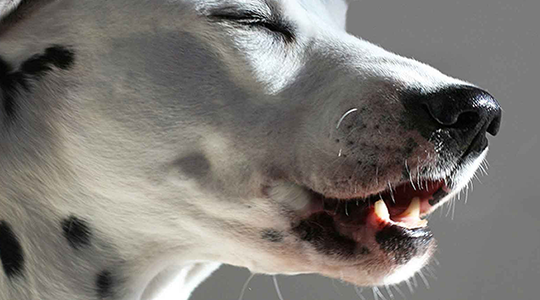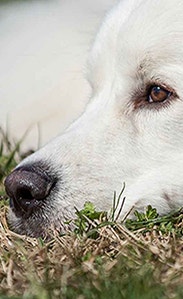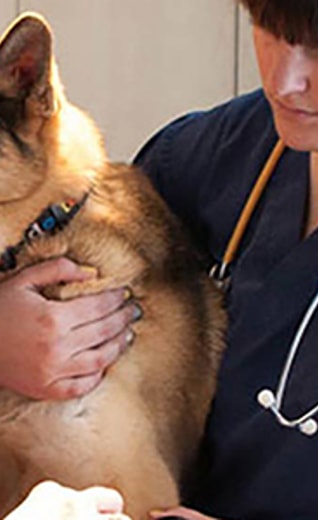
Is Your Dog Coughing And Sneezing?
It's December, and that means the beginning of flu season for us humans. But what about your dog—is he at risk of getting the flu, too? Unfortunately, the answer is yes. If your dog is coughing and sneezing, he could very well be suffering from canine influenza, also known as 'dog flu.'
Canine influenza is a relatively new disease, similar to the equine (horse) flu virus, to which dogs have no natural immunity. Researchers didn't seriously start to study the characteristics of this virus until a 2004 outbreak at many Greyhound dog tracks.
Highly contagious, the canine flu virus spreads swiftly in confined areas, such as kennels. Medical experts estimate that about 80% of healthy dogs that come in contact with infected dogs will get canine flu, and puppies and older dogs are even more susceptible. While there are no known cases of canine flu being passed on to humans or cats, humans who come in contact with an infected dog can pass the flu on to their dog.
Know the symptoms
The symptoms of dog flu are often mistaken for kennel cough, a canine illness that is caused by the Bordetella bacteria. Both diseases can cause coughing and gagging for up to three weeks, but dogs with canine flu often have additional symptoms:
- Coughing
- Sneezing
- Runny nose
- Fever
- Poor appetite
- Lethargy
What to do if you suspect your dog has the flu
If your dog has a persistent cough lasting more than several days, or develops a thick, yellow nasal discharge, or becomes lethargic, schedule an appointment with your veterinarian. If canine influenza is suspected, your vet might administer fluids if your dog is becoming dehydrated, and prescribe medication to treat his symptoms.
How to protect your dog
Keep your dog away from other dogs that are coughing or ill. Wash your hands well after handling or petting any dog, especially those showing signs of illness. Likewise, if your dog is coughing, keep him isolated from other dogs, and do not take him out to parks or areas where other dogs could get exposed.
Since a vaccine for the equine flu now exists, veterinary researchers are hopeful that dog vaccinations (opens in new window) including a dog flu vaccine may soon be available. By next winter, getting a flu shot for the dog may well be on your 'to do' list.







